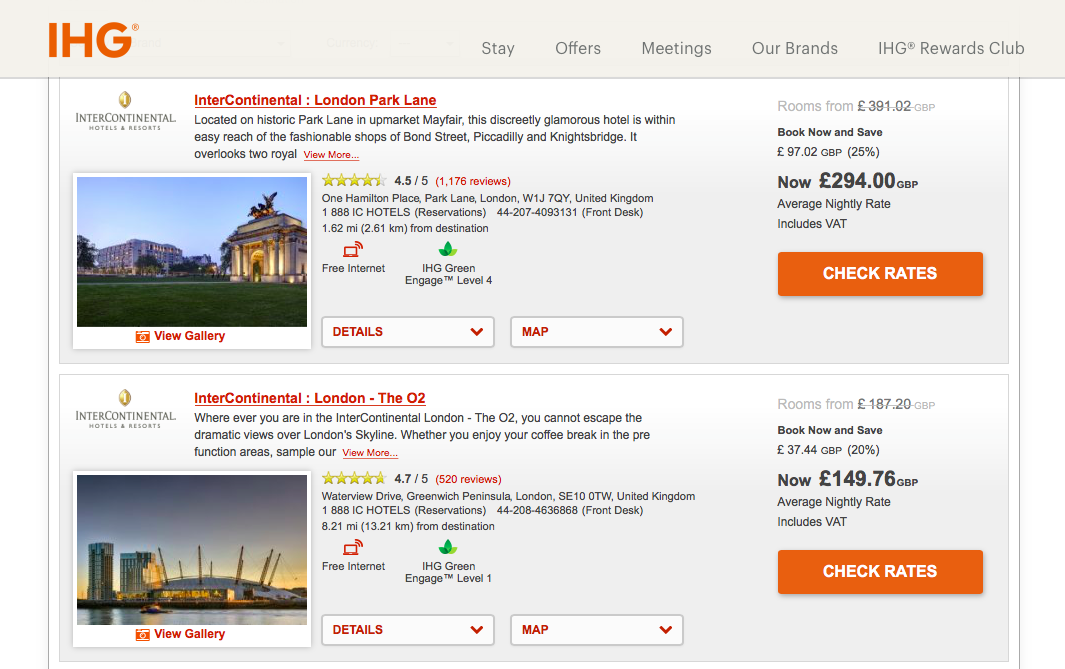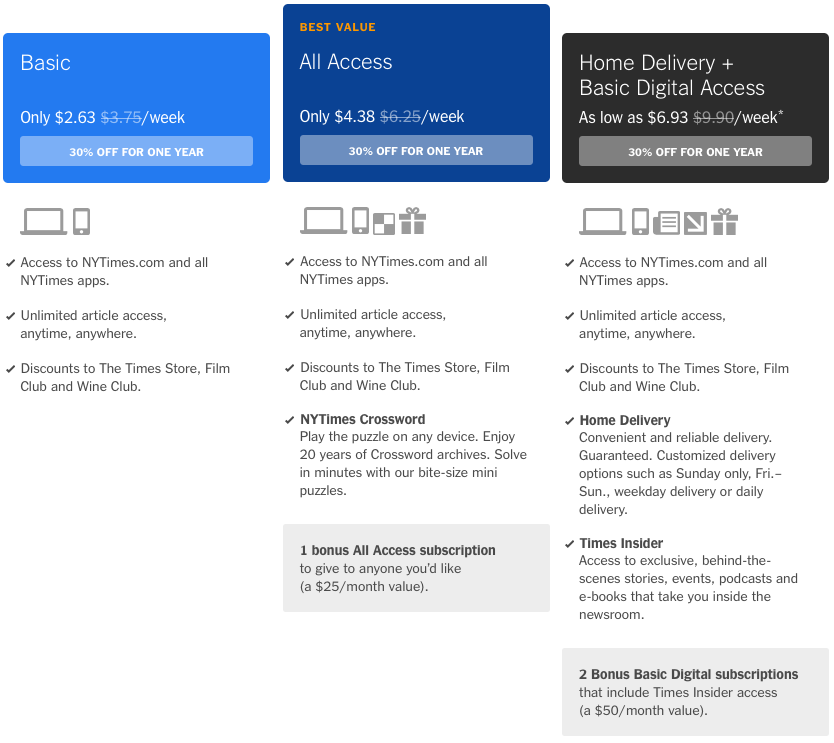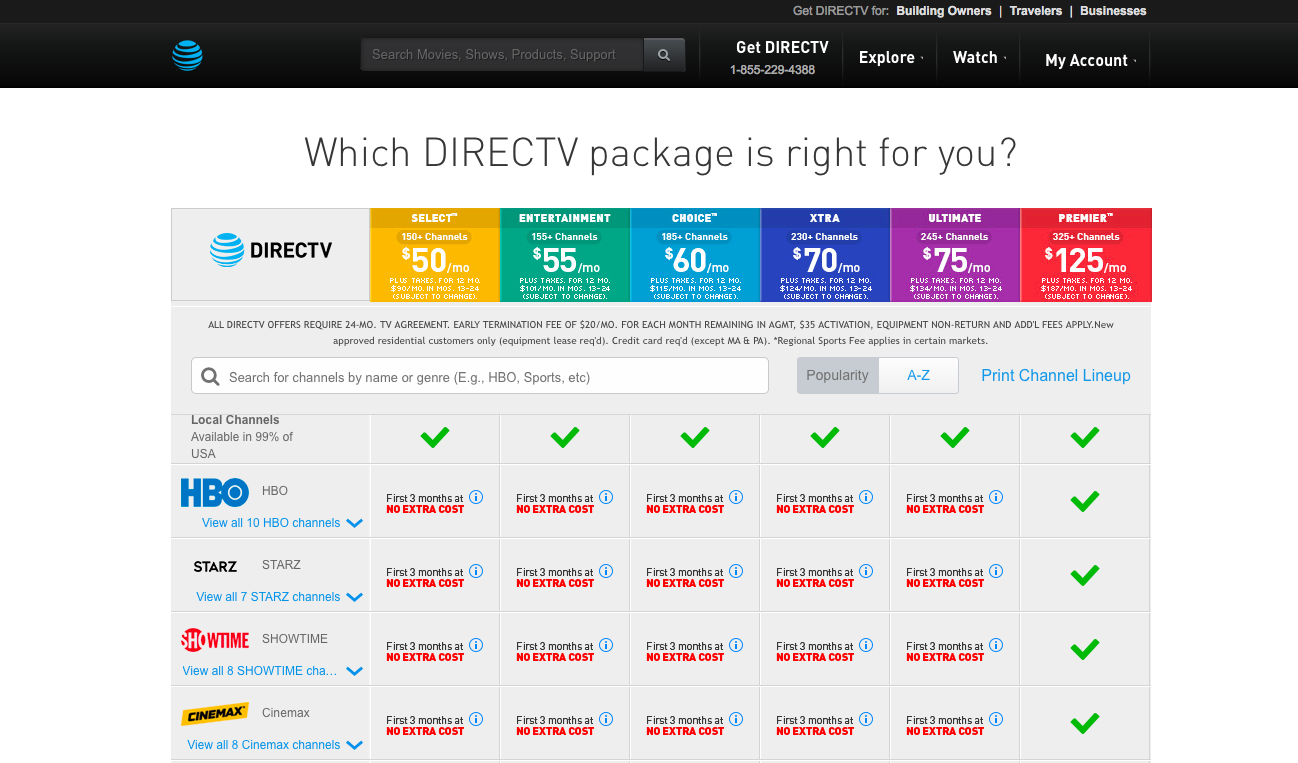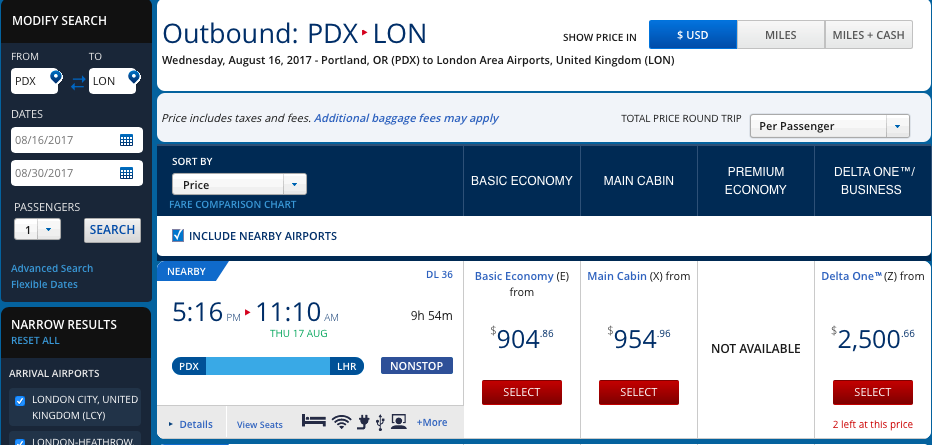What if you could predict how your customers were likely to respond to a specific offer? The book Predictably Irrational by behavioral economist Dan Ariely examines the forces that cause people to behave in ways that seem irrational, but are oddly predictable. I recently discussed one of the concepts presented in the book—relative value—with my colleague in digital optimization consulting, Ivy Portwood.
Ivy has a wealth of experience and knowledge from working closely with Adobe Target customers every day. She shared some thoughts about tests and experiences that apply this concept that I wanted to capture for you. I hope these ideas inspire you to come up your own activities to run in Adobe Target, the optimization and personalization solution of the Adobe Experience Cloud.
But first—what exactly is the concept of relative value?
As a consumer you’re always weighing your options when considering spending your hard-earned cash. You might do that methodically or through gut feel. Relative value plays more into that latter approach—when one option just feels like the best deal compared to the others. For example, let’s say you have a $1 off coupon for a $3.50 ice cream cone. Will you use the coupon? Highly likely. But what about a $1 coupon for a $2000 refrigerator? Even a $45 shirt? Will you use the coupon then? Probably not. A $1 off coupon for an ice cream feels more valuable.
At what point does the perceived value of a discount relative to the item cost entice you to purchase? Similarly, how does the perceived value of an item relative to other options make it feel more valuable? How can you play around with this idea in your testing and experience targeting?
Here are just a few ideas Ivy and I discussed (note that pages of sites shown may have changed since this was posted or may appear differently for you):
If you’re like most consumers, you expect a discount when you shop online for the first time with a company—sign up for a newsletter and get 20% off, free shipping with an order over $50, $10 off your next purchase, and so on. But how can you discover the sweet spot for the discount relative to the price of your item or the total purchase amount?
Research what others are doing, but don’t just blindly follow; consider your brand and what differentiates it. Then determine what approach makes the most sense and test to find out. Don’t just vary discount amounts, vary the language you use in the offers. Try different combinations of perks, too, like testing a discount of 20% off plus free shipping, as the example below shows.
After running your test, remember to consider your results in the context of business goals. Making money is often a main goal, but many companies have other goals—like cost savings. For example, a company may try to shift typically more expensive interactions with customer service representatives on the phone to online self-service. Measure success by how a test or targeting activity contributes to your organization’s specific KPIs, which may be a combination of revenue, units sold, social media goodwill, and customer experience.
Once you’ve zeroed in on the sweet spot for a particular discount method—percent off, cash off, or free shipping—test those winners to see which discount method works best. Take it further by analyzing the characteristics of visitors who respond best to a specific discount method so you can target the right method to the right audience.
Not in retail? The root concept is the same. Credit card companies offer perks like 0% APR on transfers of funds, no annual fee, and miles or cash back. Media and entertainment companies offer various plans, including paying up front for a year for a discount or covering family and friends. All types of companies give discounts for paperless billing, signing up for auto pay, or using self-service features.
Testing allows the customer to tell you through their clicks and purchases what feels most valuable to them.
How you display the offer can impact its perceived value. The travel and hospitality industry has played around with this a lot—from slash-through pricing of the original price (see the image below), a discount % banner, comparisons to prices on other sites, reviews of the hotel and ratings, and a browse mode with a “View Price” or “View Deal” call to action (CTA).
Another example? The New York Times offers three subscription options (shown below)—two are digital only, and one is digital with print. Do any of the elements that differ across options influence you, for example, their order, background color, or size of the rectangular box around the offer? Think about where your eye travels along the page. Many retailers consider the fact that we read from left to right, so display options horizontally. The New York Times recommends the middle offer as the “best value.” Are you convinced that it is? Why or why not?
Looking at the DIRECTV screenshot below, what might they do to their packages page to steer you toward a specific package?
Looking at the Delta Airlines screenshot that follows, you can see the company’s relatively new Basic Economy ticket. This ticket is a step below its “Main Cabin” economy ticket in perks, but also price. Providing another choice may attract customers who might not otherwise purchase a ticket, but it’s worth testing to discover the right number of options. Too few and you miss opportunities, but too many and customers experience the paradox of choice—they have difficulty identifying the option that feels most valuable.
Ideally, the more a customer browses a site and indicates his or her preferences, the more you can personalize and narrow down to the options that truly resonate. If you offer health insurance plans or financial investments, how might you use this idea to help potential customers feel confident in their choices.
As you can see in the top right of the previous Delta screenshot, Delta also lets its customers purchase with cash, miles (loyalty points), or a combination of miles and cash. Put yourself in the mindset of the customer (after all, we’re all consumers): Would you be more willing to commit to a purchase when you use loyalty points rather than all out-of-pocket cash? And if you’ve invested in accumulating loyalty points, would you be more apt to stick with the Delta brand?
Use your individual experience to practically guide you in forming hypotheses for what might work on your site, but then test to validate. By the way, you could apply this test idea to almost any industry with a loyalty program—retail, telco, technology companies, media and entertainment, and even wholesale distributors.
I hope this has you thinking about additional A/B tests and targeting activities you can run in Adobe Target that use the concept of relative value. By the way, Predictably Irrational is a fascinating, fun read that could trigger some new, creative test ideas. It’s available as an audio book, so I recommend just listening to it on your commute in to work. Just as we think we know how our visitors will behave online, we think we know how we’ll behave in a given situation. You’ll often be surprised to discover that the data says otherwise.





